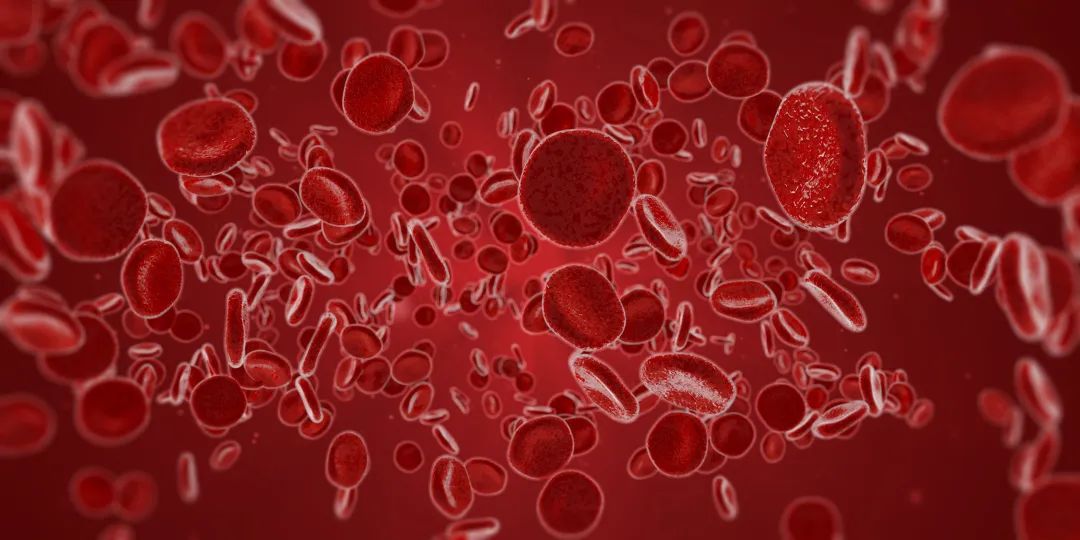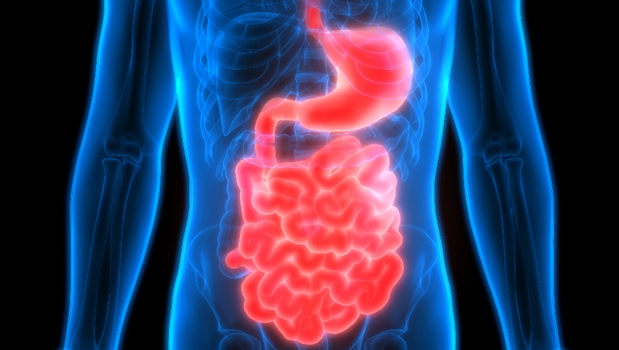
The Great Effects of Small Herbs
Introduction
Codonopsis (党参, Dǎngshēn) is a common traditional Chinese herb, sourced from the root of the plant, primarily growing in the Loess Plateau of northern China. As a medicinal herb, Codonopsis possesses various therapeutic effects, characterized as sweet and neutral, entering the Spleen (脾, Pí) and Lung (肺, Fèi) meridians. It is commonly used to tonify Qi (气, Qì) and is clinically indicated for conditions such as Qi deficiency, fatigue, shortness of breath, Spleen deficiency with poor appetite, facial edema, chronic diarrhea, and prolapse of the rectum. The processing methods can alter the focus of its medicinal effects. In this article, we will detail the processing methods, active components, and the effects of these components on the blood system, immune system, and digestive system.

Figure 1: Codonopsis (党参)
Processing Methods of Codonopsis
The processing methods of Codonopsis mainly include honey-frying or rice-frying. If the aim is to harmonize and tonify Qi, honey-frying is used, with 3-4 taels of honey per pound of herb. The honey is heated in a pan until melted, then the herb is added and stir-fried until golden brown, then cooled to ensure it is non-sticky. If the goal is to strengthen the Spleen and improve digestion, rice-frying is used, with 3 taels of rice per pound of herb, stir-fried together until a deep yellow color is achieved. Additionally, wheat bran frying and dry frying methods can also be employed.
Active Components of Codonopsis
Codonopsis contains a complex array of active components, with over 200 compounds isolated from it. These include flavonoids, carbohydrates, saponins, amino acids, and various minerals and vitamins. Among these, Codonopsis saponins, Codonopsis polysaccharides, alkaloids, and amino acids have positive regulatory effects on various body systems. Notably, Codonopsis polysaccharides are significant components with antioxidant, immune-regulating, and anti-inflammatory properties. The saponins in Codonopsis exhibit antioxidant, anti-tumor, and immune-enhancing effects.
Effects of Codonopsis
Effects on the Blood System
According to traditional Chinese medicine theory, Codonopsis is a tonic herb that nourishes the Qi of the Spleen and Lung, generates fluids, and nourishes the blood. Several studies have confirmed that Codonopsis has the function of “nourishing blood and Qi.” For instance, researchers used immunosuppressants to induce anemia in mice and subsequently administered Codonopsis injection to observe its effects on treating anemia. Results showed that Codonopsis effectively improved anemia in mice, with the effect increasing with higher doses of Codonopsis polysaccharides. This indicates that Codonopsis can fulfill the “nourishing blood” function in “nourishing blood and Qi.” Furthermore, studies indicate that total saponins from Codonopsis protect rat brain microvascular endothelial cells from hypoxia/glucose deprivation damage, maintaining the vitality of endothelial cells in adverse conditions, thereby preserving vascular structure and function and ensuring normal blood flow.

Figure 2: Red Blood Cells
Effects on the Immune System
Codonopsis enhances the body’s immune function, and many experts advocate its use in daily diets for health maintenance, such as in chicken stews. Codonopsis has immune-regulating properties, enhancing the body’s resistance to pathogens. Research indicates that Codonopsis polysaccharides are one of the main active components, which can enhance the phagocytic activity of macrophages (the ability of macrophages to engulf pathogens) and promote the proliferation and differentiation of lymphocytes, thus regulating the immune system. Additionally, studies have shown that total saponins from Codonopsis can inhibit the proliferation of human liver cancer cell lines and induce apoptosis in liver cancer cells to some extent.

Figure 3: The Body’s Defense Against Pathogenic Microorganisms
Effects on the Digestive System
Codonopsis also has beneficial regulatory effects on the digestive system. Researchers have conducted experiments using Codonopsis polysaccharides on rats with gastric ulcers, finding significant anti-ulcer effects and protective actions on the gastric mucosa. Furthermore, studies indicate that depending on the concentration of Codonopsis, it can promote absorption in the small intestine and alleviate gastrointestinal spasms. Literature has reported that Codonopsis polysaccharides and total saponins can improve clinical symptoms in mice with acute enteritis, reduce damage to the intestinal mucosa, and regulate the balance of gut microbiota in mice with colitis, promoting the restoration of intestinal homeostasis.

Figure 4: Digestive System
Other Effects
The anti-inflammatory effects of Codonopsis are primarily achieved through terpenoid compounds that inhibit inflammation-related factors and regulate associated signaling pathways. Additionally, Codonopsis has certain therapeutic effects in cardiovascular and cerebrovascular diseases, preventing atherosclerosis and hypertension. Codonopsis serves as both a tonic herb and a health supplement, capable of delaying aging to some extent.
Conclusion
Codonopsis is a common traditional Chinese herb with various therapeutic effects. Its active components include Codonopsis saponins, Codonopsis polysaccharides, and amino acids, which can enhance or alter its medicinal effects through processing methods. Codonopsis exerts multiple effects on the blood system, immune system, and digestive system, including regulating blood pressure, alleviating fatigue, enhancing immunity, and improving gut microbiota, making it a rare “all-rounder” in herbal medicine.
References:
1. “Pharmacopoeia of the People’s Republic of China”.
2. Xing Xiuling, Zhao Lijun, Gao Lihua, Cai Weitao, Wang Haiyan, Wang Wei, Tian Fei, Sun Yingxue, Liu Weiran, Du Meirong. Observation on the therapeutic effect of Codonopsis polysaccharides on cyclophosphamide-induced anemia in mice [J]. Clinical Misdiagnosis and Mistherapy 2022, 35(01): 99-102.
3. Zhang Zhuang, Liu Yan, Yan Yanfang, et al. Protective effect of total saponins from Codonopsis on hypoxia/glucose deprivation injury in rat brain microvascular endothelial cells [C]. Proceedings of the 3rd World Conference on Integrative Medicine 2007: 2.
4. Li Fang, Yang. Research progress on extraction, separation, chemical composition, and pharmacological effects of Codonopsis polysaccharides [J/OL]. Chinese Journal of Traditional Chinese Medicine: 1-18 [2023-04-03].
5. Cui Jingchao, Zhang, Zhang Yanqiu, et al. Anti-ulcer effect of Codonopsis polysaccharides [J]. Chinese Herbal Medicine 1988, 19(08): 21-23.
6. Tang S, Liu W, Zhao Q, et al. Combination of polysaccharides from Astragalus membranaceus and Codonopsis pilosula ameliorated mice colitis and underlying mechanisms. Journal of Ethnopharmacology 2021; 264: 113280.
7. Liu Xuefeng, Qiao, Gao Jiande, et al. Protective effect of total saponins from Codonopsis on TNBS-induced ulcerative colitis in rats and its mechanism [J]. Chinese Journal of Applied Physiology 2021, 37(04): 397-401 + 406.
8. Li Liheng, Chen, Hu Xiaoyang, et al. Research progress on the chemical composition and pharmacological effects of Codonopsis [J]. Journal of Traditional Chinese Medicine, 2023, 51(03): 112-115.





